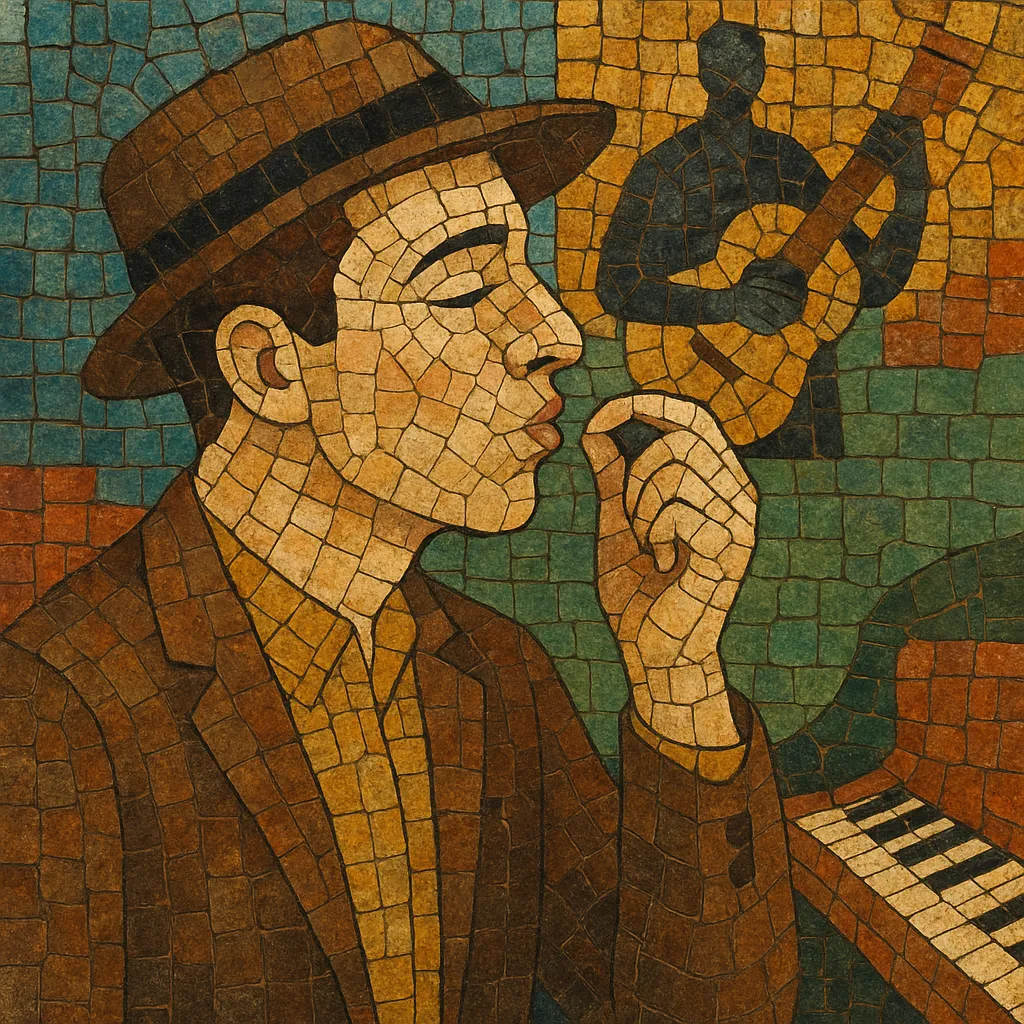Siffleur is the French term for a professional whistling performer, a stage-centered tradition in which the whistle functions as the lead melodic "voice" much like a singer or solo instrument.
Rooted in café-concert, music-hall, and cabaret culture, siffleurs interpret popular standards, light classical pieces, film themes, and chansons, often with virtuosic ornaments, bird-imitations, and expressive vibrato. Arrangements typically pair the whistled melody with piano, guitar, accordion, small combo, or light orchestra, emphasizing clear tunefulness, elegant phrasing, and theatrical presentation.
The siffleur tradition emerged from European café‑concert and music‑hall circuits, especially in France, where novelty acts and virtuoso entertainments thrived. Whistling—long used in folk and street culture—was recast as a refined, melodic showcase suitable for cabarets and revues, often presented alongside chanson and light classical fare.
By the 1930s–1950s, professional whistlers were featured on radio, shellac/early vinyl recordings, and variety stages across France, Britain, and the United States. Siffleurs adopted the phrasing and repertoire of traditional pop and chanson, as well as light classics and waltzes, while developing stage techniques such as bird imitations and glissandi. The idiom was also heard in cinema shorts and newsreels.
Whistling’s lyrical clarity made it a memorable sonic signature in film music. In particular, mid‑century European and American soundtracks popularized prominent whistled themes, and specialist whistlers collaborated with arrangers and orchestras. This cross‑pollination helped the siffleur approach travel beyond France while retaining its theatrical poise.
Although overshadowed by rock and amplified pop after the 1960s, the siffleur lineage persisted in lounge, easy‑listening revivals, and stage showcases. International competitions and festivals (later hosted in Europe, the US, and Japan) nurtured new generations of virtuosos. In the 21st century, siffleur aesthetics reappear in retro‑styled live shows, indie recordings that feature prominent whistling, and film/TV scores seeking a nostalgic or whimsical timbre.


